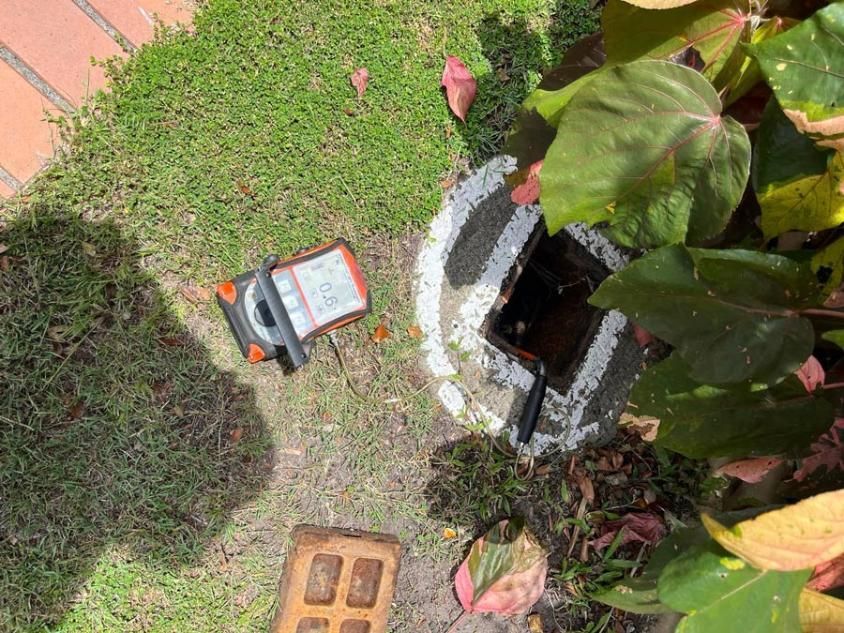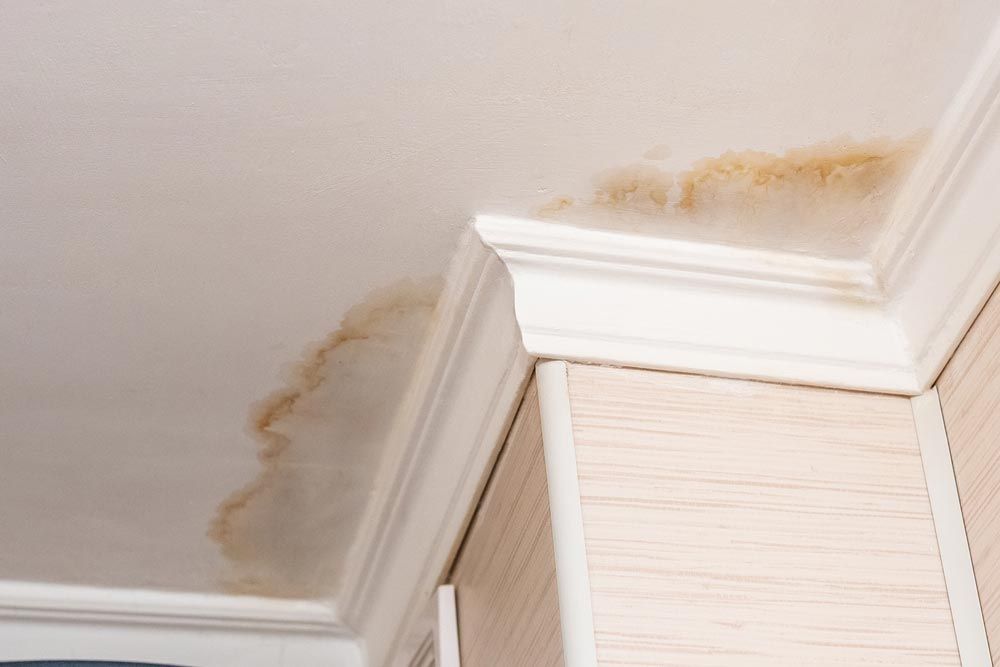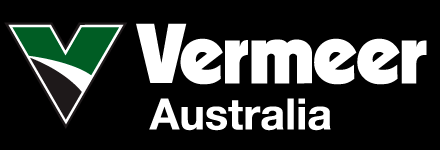Innovative Technologies In Water Leak Detection: What You Need To Know
Have you ever noticed a mysterious increase in your water bill or a damp spot appearing out of nowhere? These could be signs of a hidden water leak, a problem that, if left unchecked, can lead to significant damage and costly repairs. Fortunately, modern technology has revolutionised water leak detection, making it more accurate and efficient than ever before. Here are the top innovative technologies you need to know about.
Acoustics Sensors
Acoustic sensors are among the most widely used technologies in water leak detection. These devices listen to the sound of water escaping from pipes, using sensitive microphones to pinpoint the exact location of the leak. By analysing sound frequencies, acoustic sensors can differentiate between normal water flow and leak-related noises, providing precise detection even in complex plumbing systems.
Infrared Thermography
Infrared thermography uses thermal imaging cameras to detect temperature variations caused by water leaks. When water escapes from a pipe, it can create temperature differences in surrounding materials. Infrared cameras capture these variations, allowing technicians to visually identify the leak’s location without invasive digging or disruption. This non-invasive method is especially useful in
large commercial buildings and
underground pipelines.
Smart Water Sensors
Smart water sensors are part of the Internet of Things (IoT) revolution, offering real-time monitoring and alerts for potential leaks. These sensors can be placed in high-risk areas such as basements, bathrooms and kitchens. When a leak is detected, the sensors send instant notifications to your smartphone or connected devices, enabling swift action to prevent extensive damage. Many smart sensors also integrate with home automation systems, allowing for automated shut-off valves to stop water flow immediately.
Ultrasonic Leak Detection
Ultrasonic leak detection technology uses high-frequency sound waves to identify leaks that are invisible to the naked eye. Ultrasonic devices emit sound waves that bounce off leaking water and return to the sensor, creating a precise map of the leak’s location. This technology is highly effective in industrial settings where leaks can occur in complex machinery and large-scale piping systems.
Pressure Transient Analysis
Pressure transient analysis involves monitoring changes in water pressure within a system to detect leaks. By continuously measuring pressure fluctuations, this technology can identify unusual drops or spikes that indicate a leak. Advanced software algorithms analyse the pressure data to locate the leak accurately, making it a valuable tool for utilities and large infrastructure projects.
Fibre Optic Sensing
Fibre optic sensing technology uses fibre optic cables to detect changes in temperature and vibration caused by water leaks. These cables are highly sensitive and can cover extensive areas, making them ideal for large-scale applications such as municipal water systems and industrial facilities. Fibre optic sensors provide continuous monitoring, ensuring leaks are detected and addressed promptly.
Mobile Leak Detection Apps
Mobile leak detection apps leverage smartphone technology to assist in identifying leaks. These apps can interface with various sensors and devices, providing a centralised platform for monitoring and managing water usage. Users can receive real-time alerts, view detailed reports and even remotely control smart devices, making leak management more accessible and user-friendly.
Book Your Leak Detection Service Today!
Advanced leak detection enhances accuracy, prevents water damage and reduces repair costs. These solutions help individuals and businesses mitigate hidden leak risks and maintain water system integrity.
At Gold Coast Leak Detection, we offer smart leak detection solutions using state-of-the-art technologies tailored to your specific needs. Our expert team employs the latest methods to accurately locate and resolve leaks, safeguarding your property and ensuring peace of mind. Contact us to learn more and take the first step toward a leak-free environment.


















